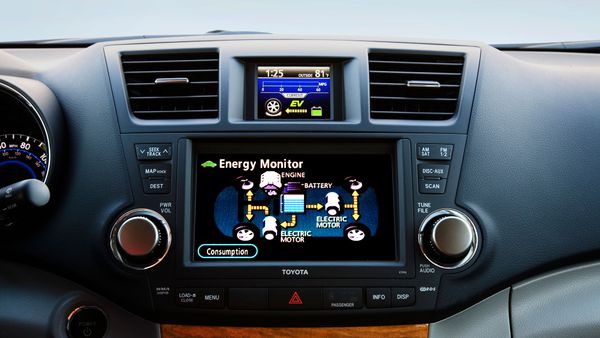
Key Takeaways
- Bridges ice before roads because they are exposed to cold air from all sides, unlike roads, which lose heat only from their surface and retain some warmth from the ground underneath.
- The materials used in bridge construction, such as steel and concrete, are good heat conductors, causing bridges to lose heat more rapidly than asphalt roads.
- Motorists are advised to be cautious when approaching bridges in cold weather, as ice can form quickly and may not be visible.
On a cold, rainy day, ice forms more quickly on bridges and overpasses for two reasons:
- The freezing wind strikes the bridge above and below and on both sides, so it's losing heat from every side. The road is only losing heat from its surface. Even while the temperature on the road surface is dropping, the heat underneath the road keeps it warm enough to prevent icing as temperatures in the atmosphere drop below freezing. Bridges have no way to trap any heat, so they will continually lose heat and freeze shortly after temperatures in the atmosphere hit the freezing point.
- Most bridges today are built with steel and concrete, both of which are good heat conductors. Because these materials conduct heat, any heat that the bridge has moves through the bridge to the surface where the heat is lost through the air flow around it. Roads are mostly made from asphalt, which is a poor conductor of heat, and that lessens the rate of heat loss from the road.
The bottom line is that a bridge will follow the air temperature very closely. If the air temperature falls below freezing, a bridge's surface will fall below freezing very quickly. Rain or snow, therefore, will freeze and stick to the bridge. The reason for the sign is to warn motorists that even though the road seems clear, the bridge itself could be treacherous.
Advertisement
When approaching bridges and overpasses during cold weather, you should slow down. Often, you can't see the ice on the road, and it may be hidden beneath a thin blanket of snow. If, while traveling over a bridge, your car feels like it's floating, don't slam on your brakes. Instead, take your foot off the accelerator and gradually slow down and try to steer the car away from the slide.
Advertisement

